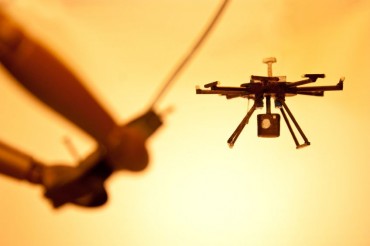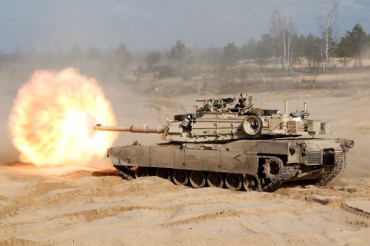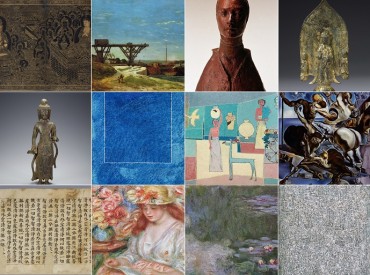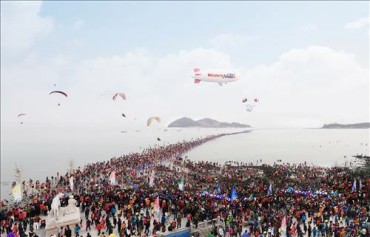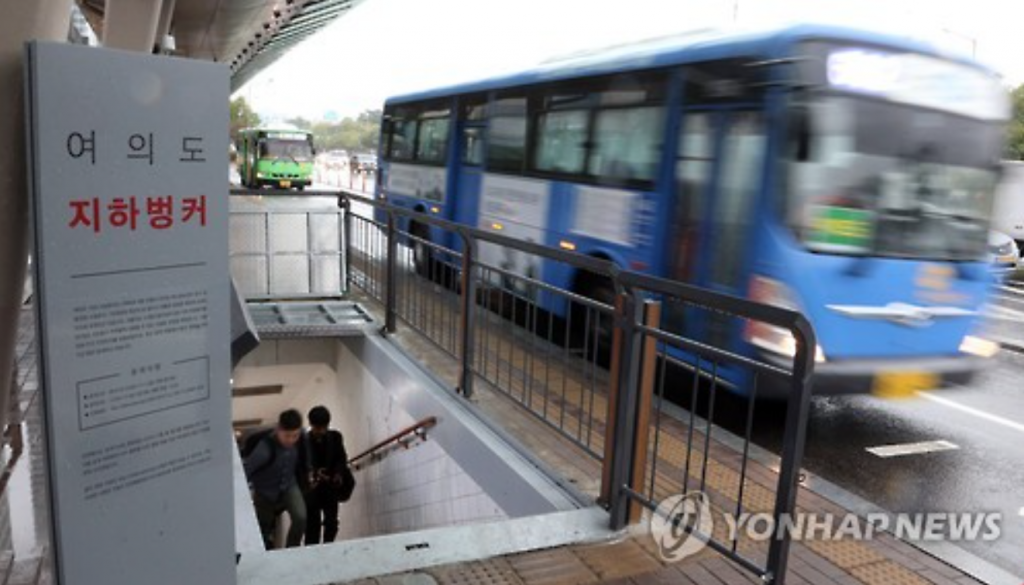
The bunker was discovered in May 2005, during the construction of the Yeouido bus transit center, when workers found a green iron floor gate – yet no official record of the facility exists. (image: Yonhap)
SEOUL, Aug. 22 (Korea Bizwire) – South Korea is among the countries most affected by the Cold War. The decades that followed the Korean War, which split the Korean peninsula in two, were a time of tension, mistrust, and agitation in South Korea, and not only with the enemies to the north; South Koreans turned on each other, with countless citizens suspected of espionage and being sympathetic to the communist movement.
An underground bunker discovered in May 2005 in Yeouido, Seoul’s political and financial center that houses the National Assembly building, recalls the turbulent post-war era when Park Chung-hee, the late father of current president Park Geun-hye, ruled the country with an iron fist.

While all government branches, including the Ministry of National Defense and the Presidential Security Service have since denied knowledge of the bunker’s presence, it is believed to have been built sometime in 1977. (image: Yonhap)
After a decade of debate about the bunker’s potential future, Seoul Metropolitan Government announced that it would be turned into a multi-purpose exhibition hall and cultural facility open to public starting in May of next year. The city started the remodeling process of the facility last August with the initial opening date scheduled for October 2016, but with various technical and safety setbacks faced along the way, officials decided to postpone the opening date, with the official launch now set for 2017.
Upon its completion, Seoul Museum of Art will take full responsibility for the facility’s operation.
According to the city government, the museum plans to use the bunker primarily to highlight Korea’s modern history and its military regime. The small area that is believed to have been the VIP (president) room will screen a documentary film on the history of Yeouido and the bunker, while the main hall will feature works based on new media arts, said the city.
“Yeouido always seems to have lacked a decent culture facility, and so we’ll be presenting an area where residents and citizens can visit for a cultural experience,” said a museum official.
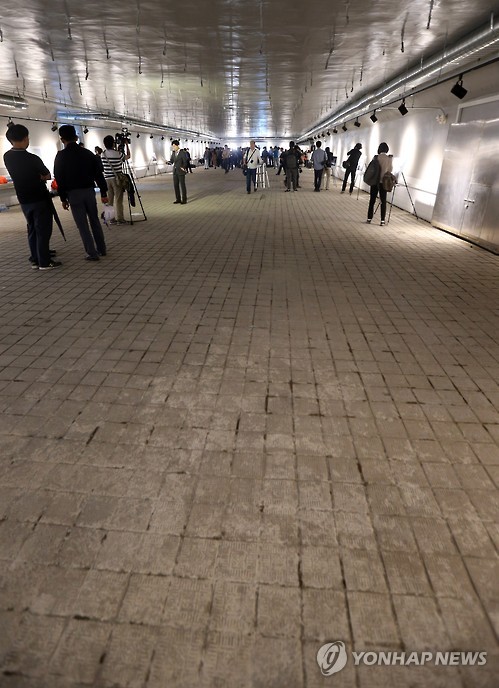
After a decade of debate about the bunker’s potential future, Seoul Metropolitan Government announced that it would be turned into a multi-purpose exhibition hall and cultural facility open to public starting in May of next year. (image: Yonhap)
While all government branches, including the Ministry of National Defense and the Presidential Security Service have since denied knowledge of the bunker’s presence, it is believed to have been built sometime in 1977 considering the entrance is clearly missing in an aerial photo of the area taken in November 1976.
Taking into account the fact that the its location matches the site of the main platform used in the military parade of 1977’s Republic of Korea Armed Forces Day, the 650 square meters of underground space is so far thought to have been used as a secret facility for the Presidential Security Service.
By Joseph Shin (jss539@koreabizwire.com)



